Eu falhei.
I failed.
Pela primeira vez desde que me comprometi a cumprir
esta tarefa hercúlea, três anos atrás, eu falhei e não assisti a todos os
filmes da minha lista. E não foi minha culpa: eu simplesmente não consegui
encontrar uma cópia de “Cilada Amorosa” (1929). Ele nunca saiu em DVD onde eu
moro e eu não consegui encontrar o filme mesmo através de, hum, meios nem
sempre legalizados. Mas eu não desisti: ainda estou procurando por “Cilada
Amorosa” como quem procura o Santo Graal, e um dia eu assistirei ao filme e
completarei esta lista.
For the first time since I took on this yearly
Herculean task, three years ago, I failed to watch all the films on my list.
And it was not my fault: I simply couldn't find a copy of “The Love Trap”
(1929). It was never released on DVD where I live and it couldn't even be found
in, er, less than legal ways. I haven't given up: I'm still looking for “The
Love Trap” as one looks for a Holy Grail, and one day I intend to watch it and
complete my list.
Agora, vamos esquecer minha vergonha por um momento
e ler minhas impressões sobre cada clássico que eu vi pela primeira vez em
2017:
Now, let's forget my shame for a while and read my
thoughts on each of the classics I saw for the first time in 2017:
Judith
of Bethulia (1914): Esta é a história bíblica
de como Jerusalém foi salva quando a mística Judith (Blanche Sweet) seduziu e
matou o príncipe Holofernes (Henry B. Walthall.) Não seo fã de Griffith, e não
estava tão familiarizada com a história quanto o público de 1914 provavelmente
estava, mas este filme me lembrou do estilo das novelas da Record.
Judith
of Bethulia (1914): This is the biblical story
of how Jerusalem was saved when mystical Judith (Blanche Sweet) seduced and
killed prince Holofernes (Henry B. Walthall). I’m not a Griffith fan, and I was
not as familiar with story as the 1914 moviegoers probably were, but this film
reminded me of the production values of a corny biblical soap opera.
Himmelskibet
(1918): É basicamente o que o título em
inglês diz – uma viagem para Marte – mas é muito impressionante para algo feito
em 1918. E é ainda mais surpreendente o fato de que eles acertaram o tempo que
leva uma viagem da Terra à Marte – cerca de seis meses! Os efeitos especiais
são muito bons, e você se surpreenderá ao descobrir como os marcianos vivem. Eu
também adorei os nomes dos personagens em Latim – Planetaros, Corona, Dubius.
A Trip
to Mars / Himmelskibet (1918): It’s
basically that – A Trip to Mars – but very impressive for 1918. And it’s even
more impressive that they got right the time to travel from Earth to Mars –
about six months! The special effects are very good, and you’ll be surprised to
find out how Martians live. I also loved the Latin names– Planetaros, Corona,
Dubius.
A Morte
Cansada / Der Müde tod (1921): Este
feito só poderia ter sido feito durante o Expressionismo Alemão. Em Hollywood,
o filme teria um final feliz, mais facilmente digerível, mas nada realista. Na
Alemanha, a história da mulher (Lil Dagover) que tenta salvar uma das três
almas em diferentes lugares e épocas com o intuito de trazer seu amado de volta
dos mortos é contada com perfeição – como se “Intolerância” (1916) tivesse sido
bem feito.
Destiny
/ Der Müde Tod (1921): This film could only be
made during the German Expressionism movement. In Hollywood, it would have been
pushed to a palatable, but not realistic, happy ending. In Germany, the story
of a woman (Lil Dagover) who tries to save one of three souls in different
places and times to have her boyfriend back from the dead is perfectly
developed – like an “Intolerance” (1916) done right.
L’Inhumaine
(1924): A história envolve uma cantora
fria, Claire (Georgette Leblanc) e seus muitos admiradores. Há um toque
dramático e ao fim o filme se transforma em ficção científica. Mas os cenários
são a verdadeira atração: idealizados por dois diretores de arte (o brasileiro
Alberto Cavalcanti e o francês Claude Autant-Lara), os cenários são ousados,
futuristas, assimétricos, cubistas, assustadores e tão impressionantes quanto
os de “Metrópolis” (1927) – ou até um pouco mais.
The New
Enchantment / L’inhumaine (1924): The story
involves a cold singer, Claire (Georgette Leblanc) and her many admirers. There
is a dramatic touch and then it becomes science fiction. But the sets are the
real attraction here: designed by two art directors (Brazilian Alberto Cavalcanti and French Claude Autant-Lara), they’re bold, futuristic, cubist,
asymmetric, awe-inducing and as impressive as the sets in “Metropolis” (1927) –
maybe even more.
Uma
Página de Loucura (1926): Este clássico
japonês é contado sem intertítulos e é, por causa disso e de outras coisas,
fascinante. O final é maravilhoso, e trata-se de um filme que você deve
assistir muitas vezes para apreciá-lo por completo. Leia minha crítica completa AQUI.
A Page
of Madness (1926): This Japanese classic is
told without intertitles and is, because of this and other things, fascinating.
The ending is wonderful, and it is one film you should watch many times to
fully appreciate it. My full review is HERE.
Aurora
/ Sunrise (1927): Eu devo confessar que
na metade do filme pensei ser estranho e até sexista o fato de que a esposa
(Janet Gaynor) havia perdoado o marido (George O’Brien) e estava se divertindo
muito com ele algumas horas depois de ele ter tentado matá-la. Mas então os 15
minutos finais me deixaram sem palavras. Que surpresa. Bravo, Murnau, você
merece ser aplaudido de pé.
Sunrise (1927): I must confess
that in the middle of the film I thought it was weird and
even sexist the fact that the wife (Janet Gaynor) forgave her husband (George O’Brien)
and was having the time of her life with him some mere hours after he tried to
kill her. But then the final 15 minutes came and OH MY. What a plot twist.
Bravo, Murnau, I ended up giving you a standing ovation.
Ver para Crer / Why Be Good? (1929): Este filme tem um subtexto feminista e Colleen
Moore arrasa na pista de dança. Ela é Pert Kelly, uma vendedora que adora
festejar – e cuja reputação a prejudica quando o filho de seu patrão (Neil
Hamilton) se apaixona por ela. Eu pretendo escrever mais sobre este filme.
Why Be
Good? (1929): This film has a feminist
subtext and Colleen Moore rocks some dance movements. She’s Pert Kelly, a
salesgirl who loves to party – and whose reputation precedes her when the
boss’s son (Neil Hamilton) falls in love with her. I intend to write more about
this movie.
O
Presídio / The Big House (1930): Este
filme foi escrito por Frances Marion – a primeira mulher a ganhar um Oscar de
roteiro e também a primeira mulher a ganhar um Oscar em categorias diferentes
da atuação. É a história de Kent (Robert Montgomery), que dirigia embriagado e
matou um homem atropelado, e seus companheiros de cela durões: Butch (Wallace
Beery) e Morgan (Chester Morris). O filme também deu a Douglas Shearer o
primeiro Oscar de Mixagem Som da história.
The Big
House (1930): This film was written by
the great Frances Marion – the first woman to win a Screenplay Oscar and also
the first woman to win a non-acting Oscar. It’s the story of Kent (Robert
Montgomery), who killed a man by driving drunk, and his though cell companions:
Butch (Wallace Beery) and Morgan (Chester Morris). The film also gave Douglas
Shearer the first Best Sound Mixing Oscar ever.
Glória e Poder / The Power and the Glory (1933): É Cidadão Kane oito anos antes de Cidadão Kane – ou quase isso. Este
filme tem um excelente roteiro – obrigada, Preston Sturges! – e traz Colleen
Moore naquele que é provavelmente seu melhor momento. Crítica completa AQUI.
The
Power and the Glory (1933): It is Citizen Kane eight
years before Citizen Kane – kind of. This film is beautifully written – thanks,
Preston Sturges! – and showcases Colleen Moore at probably her best moment.
Full review HERE.
A
Mulher de Branco / Woman in White (1948): É místico, e se parece muito com um conto de fadas noir. O filme também
trata de alienação e roubo. Crítica completa AQUI.
Woman in White (1948): It’s mystical,
and it’s much like a noir fairy tale. It also involves alienation and robbery. Eleanor Parker is amazing. Full review HERE.
Papai é
do Contra / Hobson’s Choice (1954): Charles Laughton está ótimo
como o conservador Hobson, mas eu
gostei especialmente de Brenda de Banzie como sua esperta filha mais velha e do
brilhante John Mill como um funcionário talentoso porém ingênuo. Crítica completa AQUI.
Hobson’s
Choice (1954): Charles Laughton is great
as old-fashioned Hobson, but I especially loved Brenda de Banzie as his smart older
daughter and brilliant John Mills as a talented but naïve employee. Full review HERE.


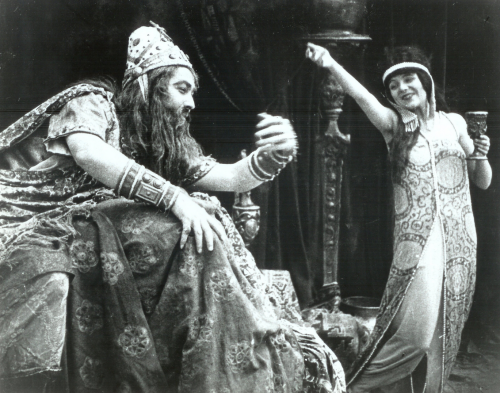
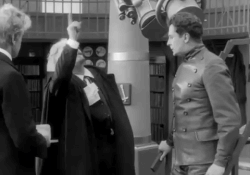

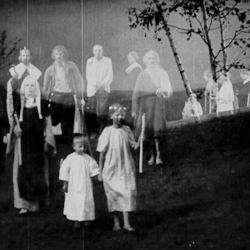

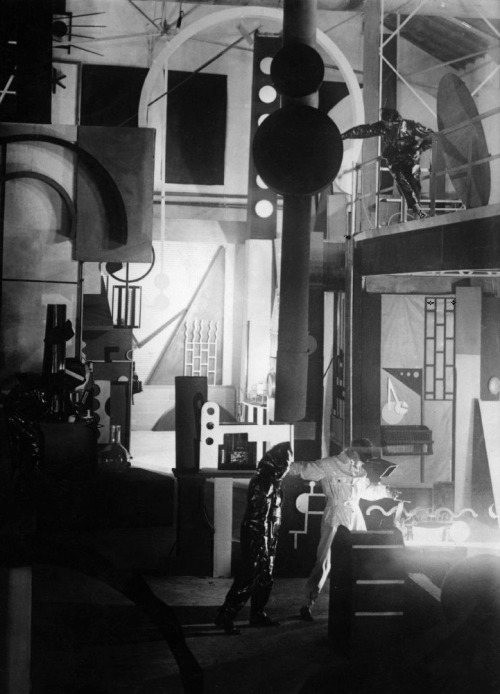




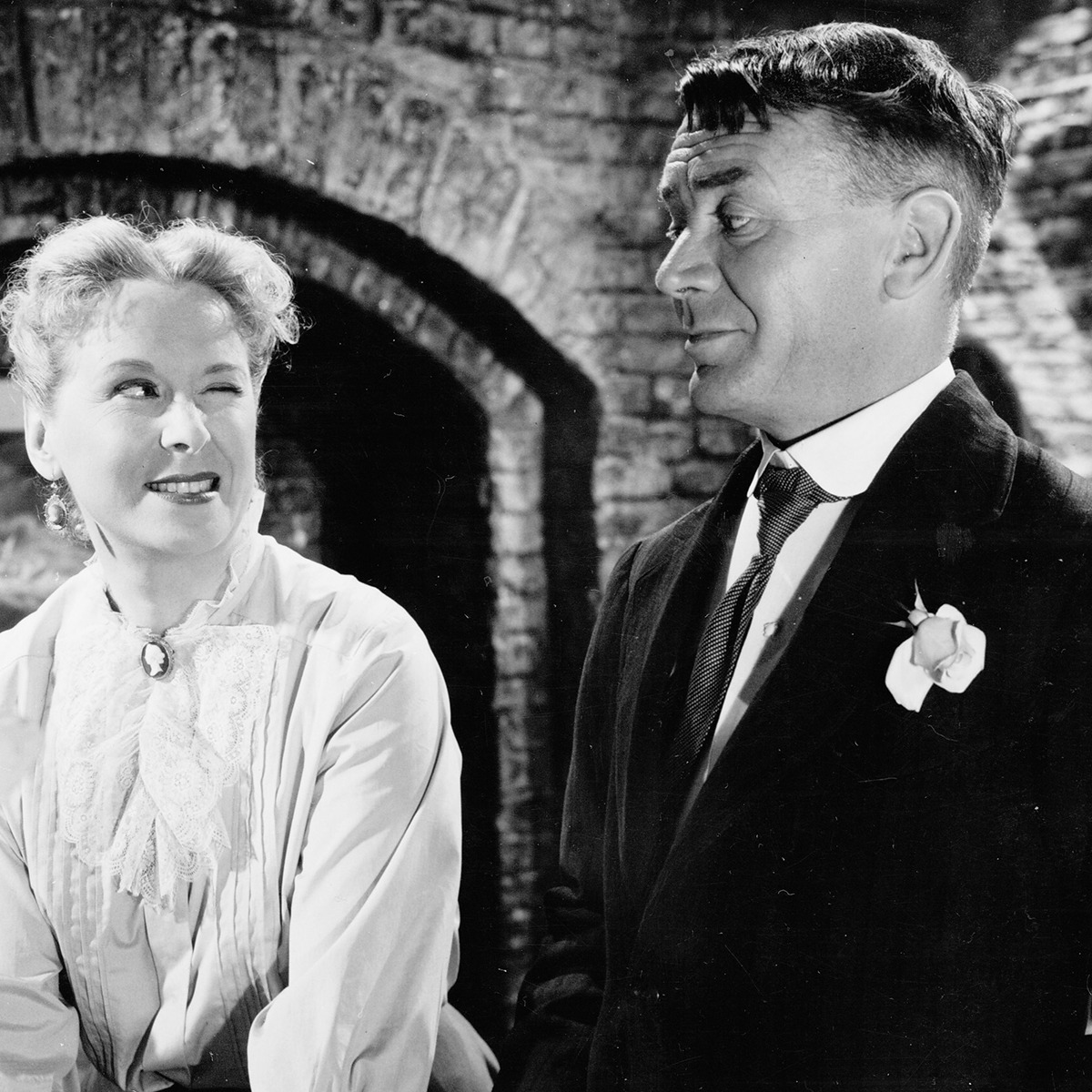
No comments:
Post a Comment